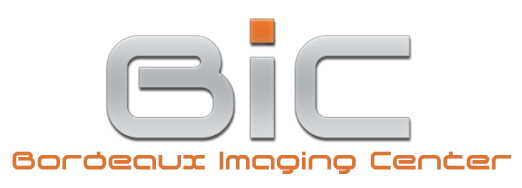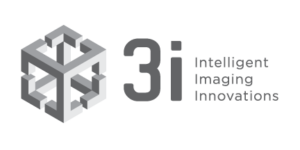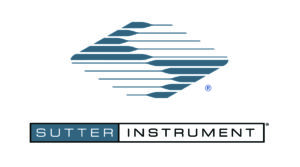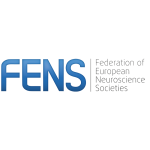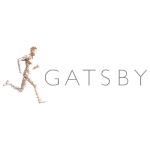Course overview
Spatio-temporally precise manipulation and read-out of brain circuit function has been one of the longest-standing challenges in neuroscience. The recent explosion in the field of genetically encoded tools to control and measure neuronal activity has greatly facilitated investigation of brain function, ranging from single synapses to large-scale circuits. Both control and readout of neuronal activity can now be achieved over orders of magnitude in space and time, ranging from micrometers to entire brain regions and from milliseconds to days.
This course will provide participants with the opportunity to gain hands-on experience using the latest genetically encoded tools and state-of-the-art equipment for brain circuit investigation. A particular focus will lie on multiplexed manipulations and read-out of brain circuits. Participants will be familiarized with the biophysical principles behind the sensors and actuators, and given training complementary to their background in the technical aspects of experimental approaches.
Hands-on experiments will employ optogenetic and chemogenetic actuators, including excitatory and inhibitory ion channels, pumps, enzymes and G-protein coupled receptors. These actuators will be complemented by genetically encoded indicators of neural activity, including calcium and voltage indicators as well as indicators for neurotransmitters and neuromodulators such as glutamate, dopamine and norepinephrine.
The course will cover a wide range of experimental systems with an emphasis on functional brain circuits in vivo. Finally, participants will be guided through data analysis and conceptual interpretations of their experiments.
Course directors

Ofer Yizhar
Course Director
Weizmann Institute of Science
Israel
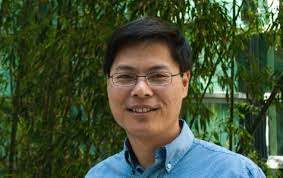
Michael Lin
Co-director
Stanford University
USA
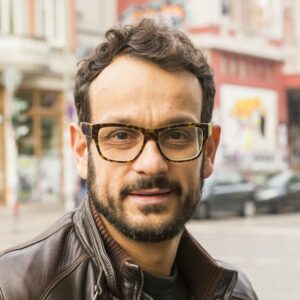
Simon Wiegert
Co-Director
Center for Molecular Neurobiology Hamburg (ZMNH)
Germany

Anna Beyeler
Co-director
University of Bordeaux
France
Keynote speakers
Adam Cohen – Harvard University, USA
Stephane Dieudonne – University of Marseille, France
Valentina Emiliani – Institut de la vision, France
Stefan Herlitze – University of Bochum, Germany
Na Ji – University of Berkeley, USA
Tom Kash – University of North Carolina, USA
Tatiana Korotkova – MPI Köln, Germany
Adam Packer – University of Oxford, UK
Tommaso Patriarchi – ETH Zurich, Switzerland
Jonas Wietek – Weizmann Institute of science, Israel
Yaniv Ziv – Weizmann Institute of science, Israel
Instructors
Yoann Atlas – Institut de la vision, France
Imane Bendifallah – Institut de la vision, France
Miklos Boldogkoi – Institute of Molecular and Clinical Ophthalmology Basel IOB, Switzerland
Martina De Gennaro – Institute of Molecular and Clinical Ophthalmology Basel IOB, Switzerland
Alexander Dieter – Center for Molecular Neurobiology Hamburg – ZMNH, Germany
Andrey Formozov – Center for Molecular Neurobiology Hamburg ZMNH, Germany
Nitzan Geva – Weizmann Institute of science, Israel
Christianne Grimm – Institut de la vision, France
J. Quinn Lee – McGill University, Canada
Maxime Maheu – University Medical Center Hamburg-Eppendorf, Germany
Mathias Mahn – Friedrich Miescher Institute of Basel, Switzerland
Vasyl Mykytiuk – Max Plank Institute, Germany
Praneeth Namburi – Massachusetts Institute of Technology, USA
Mauro Pulin – Center for Molecular Neurobiology Hamburg – ZMNH, Germany
Inbar Saraf-Sinik – Weizmann Institute of science, Israel
Robson Scheffer Teixeira – University of Cologne, Germany
Guilherme Silva – University of Harvard, USA
Dimitrii Tanese – Institut de la vision, France
Course content
Topics & Techniques
The following techniques will be covered during the course:
- implantation of optical fibers, stereotactic injection of viruses in mice.
- optogenetic stimulation (BIPOLES) and monitoring of pupil size and mouse behavior.
- imaging of calcium responses, building of a reward delivery system and a head-fixation system for mice either immobilized in a tube or running on a treadmill.
- in vitro exploration of FLARE technique
- 2-photon holographic illumination to achieve single-cell resolved optogenetic activation of presynaptic cells and patch-clamp recording of the post-synaptic neuron
- concurrent photostimulation and calcium imaging of the presynaptic cells, and voltage imaging on the post-synaptic cell
- use of miniature head-mounted microscopes (Inscopix).
- perform population level data analysis on data that was collected across multiple days
- behavioral assays including the elevated plus maze, the open field test, consumption of water, sucrose, quinine and food, as well as mild foot shocks
- head-bar implantation, stereotaxic intracerebral virus injection, and craniotomy preparation for long-term recordings
- head-fixed electrophysiology setup building
- silicon-probe recordings, in head-fixed mice during behavior, using multi-shank, high-density silicon probes (128-512 channels) & Physiological monitoring
- opto-tagging and optogenetic manipulations of specific cell-types.
- open-source hardware and software for the acquisition and processing of the data, including OpenEphys, Bonsai, PulsePal, Cyclops, Arduino, Linux, KiloSort, and MountainSort
- construct microdrives, mount the silicon probes onto them, make optical fibers of custom length
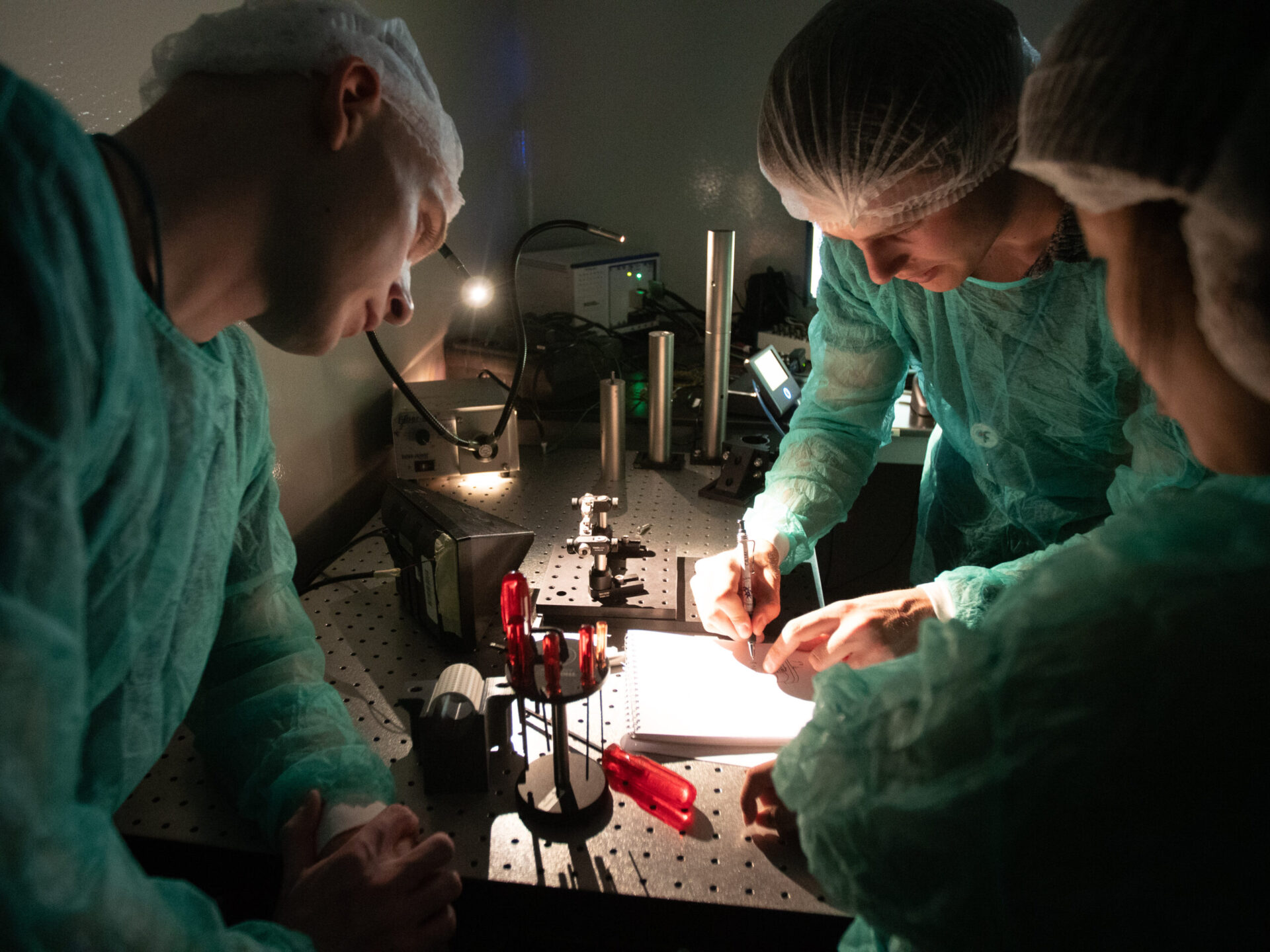
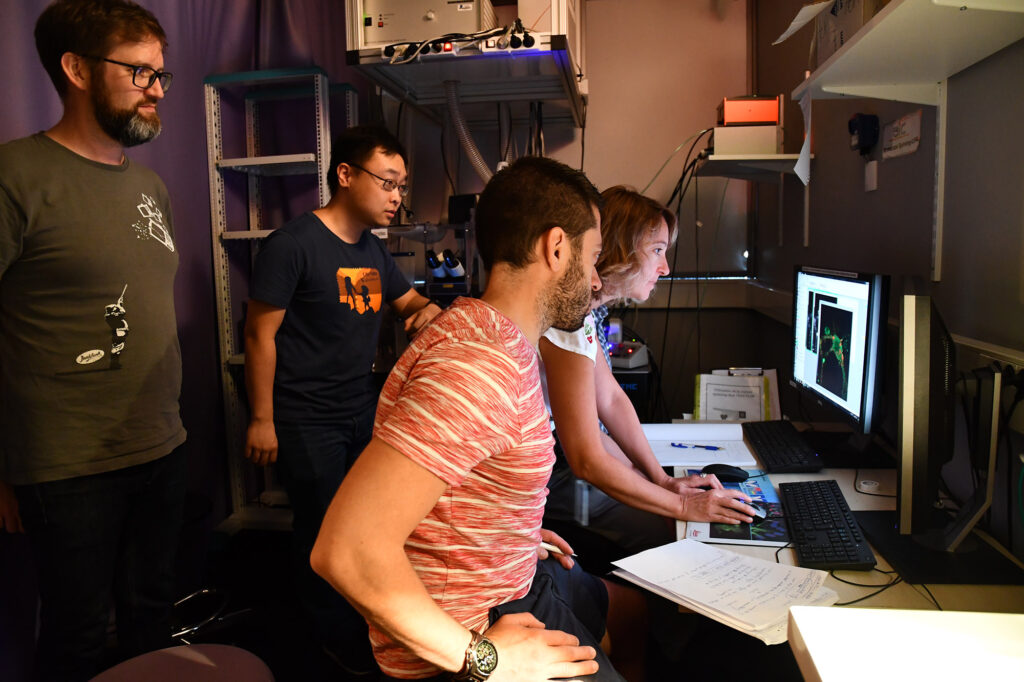
Projects
- Project 1: “Optogenetic control of neuromodulation ”
- Project 2: “Optical tool exploration in culture, in slice, and in vivo”
- Project 3: “Optical tool exploration in culture, in slice, and in vivo”
- Project 4: “Probing neuronal excitability with Arch-derived voltage sensors ”
- Project 5: “Longitudinal calcium imaging in freely behaving mice using Inscopix system”
- Project 6: “In vivo imaging of divergent neural populations using dual-color fiber photometry”
- Project 7: “All optical characterization of eOPN3 mediated terminal inhibition in vivo”
- Project 8: “Large-scale electrophysiology and optogenetics during head-fixed behavior”
- Project 9: “In vivo calcium imaging with open-source Miniscopes”
- Project 10: “Combining in vivo electrophysiology and optogenetics in freely moving mice”
- Project 11: “All optical interrogation of dopamine circuits in freely moving mice using multiplexfiber photometry and biosensors”
- Project 12: “All-optical manipulation and read-out of synaptic transmission”
For more information on projects and techniques which will be taught at the course, download the projects list.
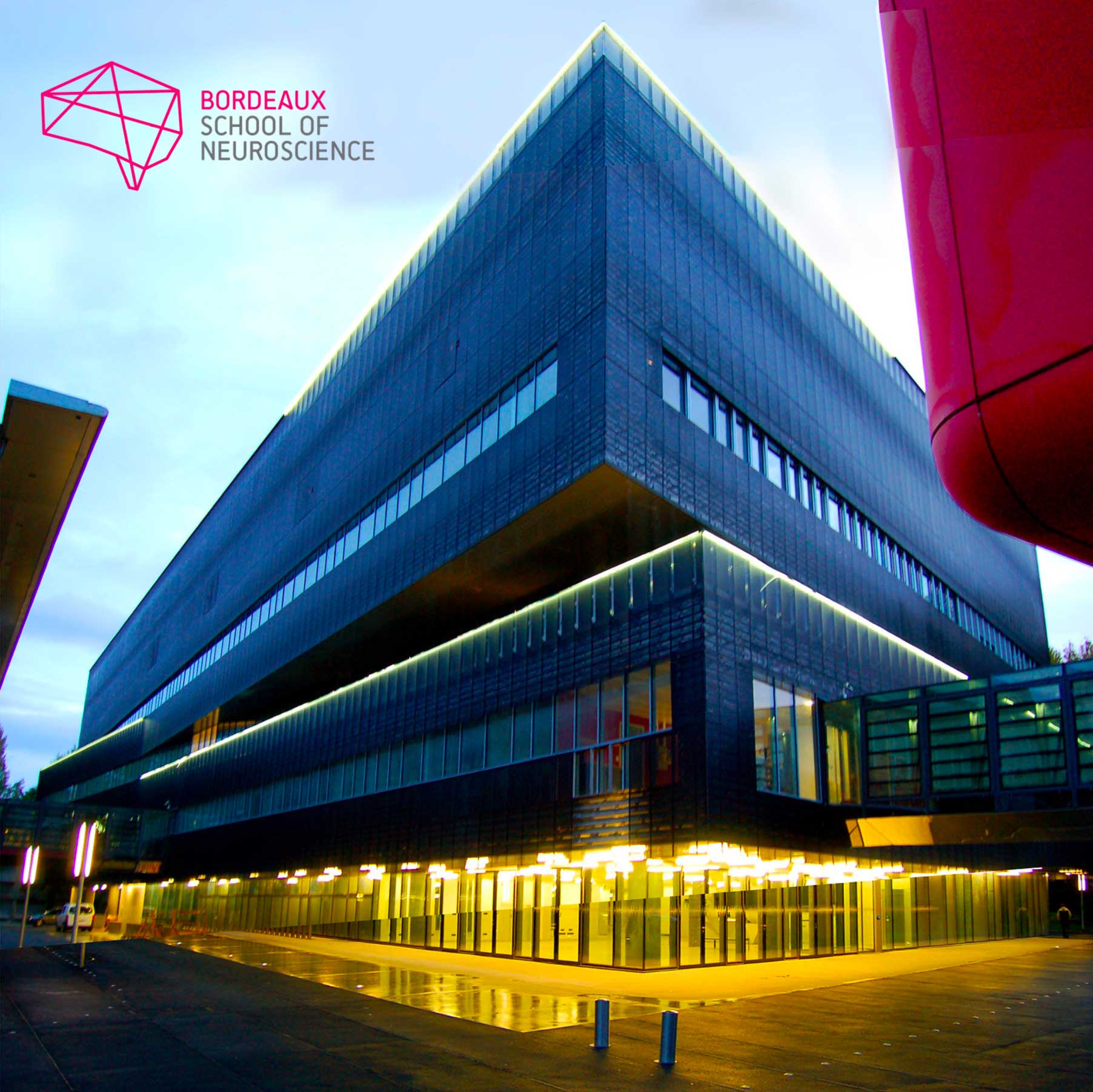
Bordeaux School of Neuroscience, France
The Bordeaux School of Neuroscience is part of Bordeaux Neurocampus, the Neuroscience Department of the University of Bordeaux. Christophe Mulle, its current director, founded it in 2015. Throughout the year, renowned scientists, promising young researchers and many students from any geographical horizon come to the School.
The school works on this principle: training in neuroscience research through experimental practice, within the framework of a real research laboratory.
Facilities
Their dedicated laboratory (500m2), available for about 20 trainees, is equipped with a wet lab, an in vitro and in vivo electrophysiology room, IT facilities, a standard cellular imaging room, an animal facility equipped for behavior studies and surgery and catering/meeting spaces. They also have access to high-level core facilities within the University of Bordeaux. They offer their services to international training teams who wish to organize courses in all fields of neuroscience thanks to a dedicated staff for the full logistics (travels, accommodation, on-site catering, social events) and administration and 2 scientific managers in support of the experimentation.
Registration
Fee : 3.500 € (includes tuition fee, accommodation and meals)
Application closed on 7 December 2020
The CAJAL programme offers 4 stipends per course (waived registration fee, not including travel expenses). Please apply through the course online application form. In order to identify candidates in real need of a stipend, any grant applicant is encouraged to first request funds from their lab, institution or government.
Kindly note that if you benefited from a Cajal stipend in the past, you are no longer eligible to receive this kind of funding. However other types of funding (such as partial travel grants from sponsors) might be made available after the participants selection pro- cess, depending on the course.


